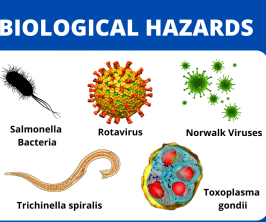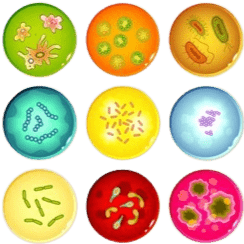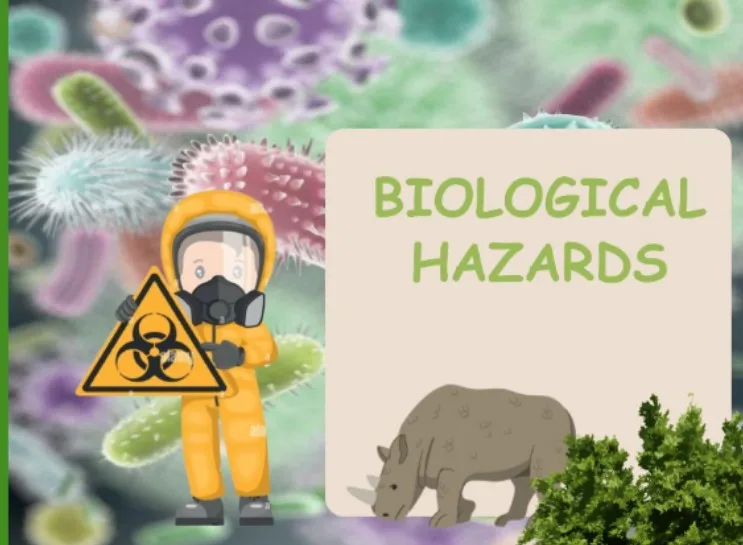Let’s explore the unseen world of biological hazards, where tiny threats can make a big impact on our health. Let’s uncover the secrets and learn how to stay safe! 🦠✨ #BiologicalHazards #StaySafe”

Exploration of health hazards, with a spotlight on the often unseen threats posed by biological hazards. In this blog, we unravel the complexities of biological dangers that can impact our well-being.
What Is Health Hazard Definition: – Health hazards encompass a range of potential dangers that can adversely affect human health, including

- Categories of Health Hazards:
- Physical Hazards: Noise, radiation, and extreme temperatures.
2. Chemical Hazards: Exposure to harmful substances.
3. Ergonomic Hazards: Strain on the musculoskeletal system.
4. Biological Hazards: Microscopic organisms that can cause diseases.
The World of Biological Hazards Definition:
Biological hazards involve the presence of living organisms or their byproducts that can cause harm to human health.
Examples of Biological Hazards:

1. Infectious Microorganisms:
Example: Bacteria, viruses, fungi, and parasites that can cause infections and diseases. For instance, the flu virus or Salmonella bacteria.
2. Allergens: – Example: Substances that trigger allergic reactions, such as pollen, mold spores, or animal dander.
3. Toxins from Living Organisms: – Example: Toxins produced by bacteria like Clostridium botulinum, leading to botulism.
4. Vector-Borne Diseases: – Example: Diseases transmitted through vectors like mosquitoes, such as malaria or dengue fever.
5. Bioaerosols: – Example: Airborne particles containing microorganisms, like those found in sewage treatment facilities or composting sites.
6. Zoonotic Diseases: – Example: Diseases that can transmit from animals to humans, like the Hantavirus or Lyme disease.

Occupational Settings and Biological HazardsHealthcare Sector: – Exposure to infectious diseases and pathogens in hospitals, clinics, and laboratories.Agricultural Industry: – Handling of animals, crops, and pesticides, leading to exposure to allergens and zoonotic diseases.
Laboratories and Research Institutions: – Working with cultures, specimens, and genetic materials that may harbor infectious agents.
Mitigating Biological Hazards
1. Personal Protective Equipment (PPE): – Example: Wearing gloves, masks, and gowns to prevent direct contact with infectious materials.
2. Vaccination Programs: – Example: Immunization against specific diseases to protect individuals from potential infections.
3. Proper Hygiene Practices: – Example: Regular handwashing, sanitization, and safe disposal of contaminated materials.

Conclusion:
🌍 Health hazards, particularly biological hazards, are a constant presence in our lives. By understanding these risks and implementing preventive measures, we can create safer environments for work, daily life, and recreation. Remember, knowledge is the first line of defense against the unseen perils that surround us.Stay Informed, Stay Healthy! 🌐🛡️ HealthHazards BiologicalThreats SafetyFirst”

